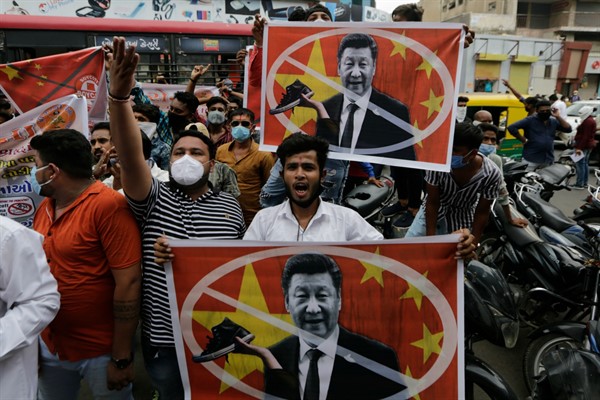India and China’s ties took a dangerous turn with the fatal clash last month at their disputed border in the Himalayas. Despite being the first time in 45 years that blood was spilled between the two rivals, the incident, in which 20 Indian soldiers were killed alongside an undisclosed number of Chinese casualties, is unlikely to go down as an aberration. It should be seen instead as a critical inflection point between Asia’s two premier powers. The path ahead in their relationship will be as rocky and treacherous as the site of last month’s confrontation: a sheer cliff at an altitude of over 14,000 feet.
Tensions had been particularly high since early May, when Chinese troops reportedly crossed the de facto border, known as the Line of Actual Control, in three different places and set up camps several kilometers into territory China had not previously occupied. A series of high-level diplomatic and military talks earlier in June had led to a brief pullback, but that did not stop the skirmish from breaking out on June 15 in Galwan Valley in Ladakh, near the Line of Actual Control.
India and China signed key agreements in 1993, 1996 and 2013 to manage peace and security along the disputed border. Those agreements went out the door last month, marking the beginning of a new era of tensions under China’s leader, Xi Jinping, and Indian Prime Minister Narendra Modi.

